When should you not wear steel toe boots?
When Should You Not Wear Steel Toe Boots?
Steel toe boots are a staple in many industries where foot protection is essential. These heavy-duty boots are designed to protect the feet from impact, compression, and puncture hazards, making them a crucial safety gear for workers in construction, manufacturing, and other hazardous environments. However, there are certain situations where wearing steel toe boots may not be the best choice. In this article, we will explore when you should not wear steel toe boots to ensure your safety and comfort.
1. When Working in Extreme Heat
Steel toe boots are known for their durability and protection, but they can also be a liability in extreme heat conditions. Steel conducts heat and cold, which means that wearing steel toe boots in hot environments can lead to discomfort and even burns. In extreme heat, it is best to opt for safety boots made from materials that offer better insulation and breathability, such as composite toe boots or alloy toe boots.
2. When Working with Electricity
Steel toe boots are excellent for protecting the feet from heavy objects and sharp materials, but they are not recommended for working with electricity. Steel is a good conductor of electricity, which means that wearing steel toe boots in environments with electrical hazards can increase the risk of electric shock. To protect yourself from electrical hazards, it is best to wear safety boots with non-metallic toe caps, such as composite toe boots or fiberglass toe boots.
3. When Working in Wet or Slippery Conditions
Steel toe boots are designed to provide traction and stability, but they can be slippery in wet or oily conditions. The smooth surface of steel toe caps can make it difficult to maintain a firm grip on slippery surfaces, increasing the risk of slips, trips, and falls. In wet or slippery conditions, it is best to wear safety boots with slip-resistant soles and waterproof materials to ensure your safety and stability.
4. When Performing Tasks that Require Flexibility
Steel toe boots are sturdy and durable, but they can also be heavy and rigid, making them less suitable for tasks that require flexibility and agility. If you need to bend, squat, or kneel frequently during your workday, steel toe boots may restrict your movement and cause discomfort. In such cases, it is best to opt for safety boots with lighter and more flexible materials, such as composite toe boots or soft toe boots.
5. When Working in Environments with Chemical Exposure
Steel toe boots offer excellent protection against physical hazards, but they may not provide adequate protection against chemical exposure. Steel is susceptible to corrosion and damage from chemicals, which means that wearing steel toe boots in environments with chemical hazards can compromise their integrity and safety. To protect yourself from chemical exposure, it is best to wear safety boots made from chemical-resistant materials, such as rubber or polyurethane.
6. When Working in Confined Spaces
Steel toe boots can be bulky and heavy, which can be a disadvantage when working in confined spaces with limited mobility. In tight or cramped environments, wearing steel toe boots may impede your movement and agility, increasing the risk of accidents and injuries. For tasks that require maneuvering in confined spaces, it is best to wear safety boots with a more streamlined and lightweight design, such as composite toe boots or athletic-style safety shoes.
7. When Working in Environments with Metal Detectors
Steel toe boots contain metal components, which can trigger metal detectors in security checkpoints or sensitive environments. If you work in an industry where passing through metal detectors is a regular occurrence, wearing steel toe boots may cause delays and inconvenience. To avoid such situations, it is best to choose safety boots with non-metallic toe caps, such as composite toe boots or plastic toe boots, which are metal-free and security-friendly.
8. When Not Required by Safety Regulations
While steel toe boots are an essential safety gear in many industries, there are situations where they may not be mandatory or necessary. If your job does not involve significant foot hazards or if safety regulations do not require the use of steel toe boots, you may have the flexibility to choose footwear that is more comfortable and suitable for your specific work environment. In such cases, you can opt for safety boots with lighter and more flexible materials, such as composite toe boots or soft toe boots, to ensure your comfort and productivity.
In conclusion, steel toe boots are a valuable safety gear in many workplaces, but there are certain situations where wearing them may not be the best choice. By considering factors such as extreme heat, electrical hazards, wet or slippery conditions, flexibility requirements, chemical exposure, confined spaces, metal detectors, and safety regulations, you can make an informed decision on when to wear steel toe boots and when to choose alternative safety footwear. Prioritizing your safety, comfort, and productivity is essential in selecting the right footwear for your work environment.


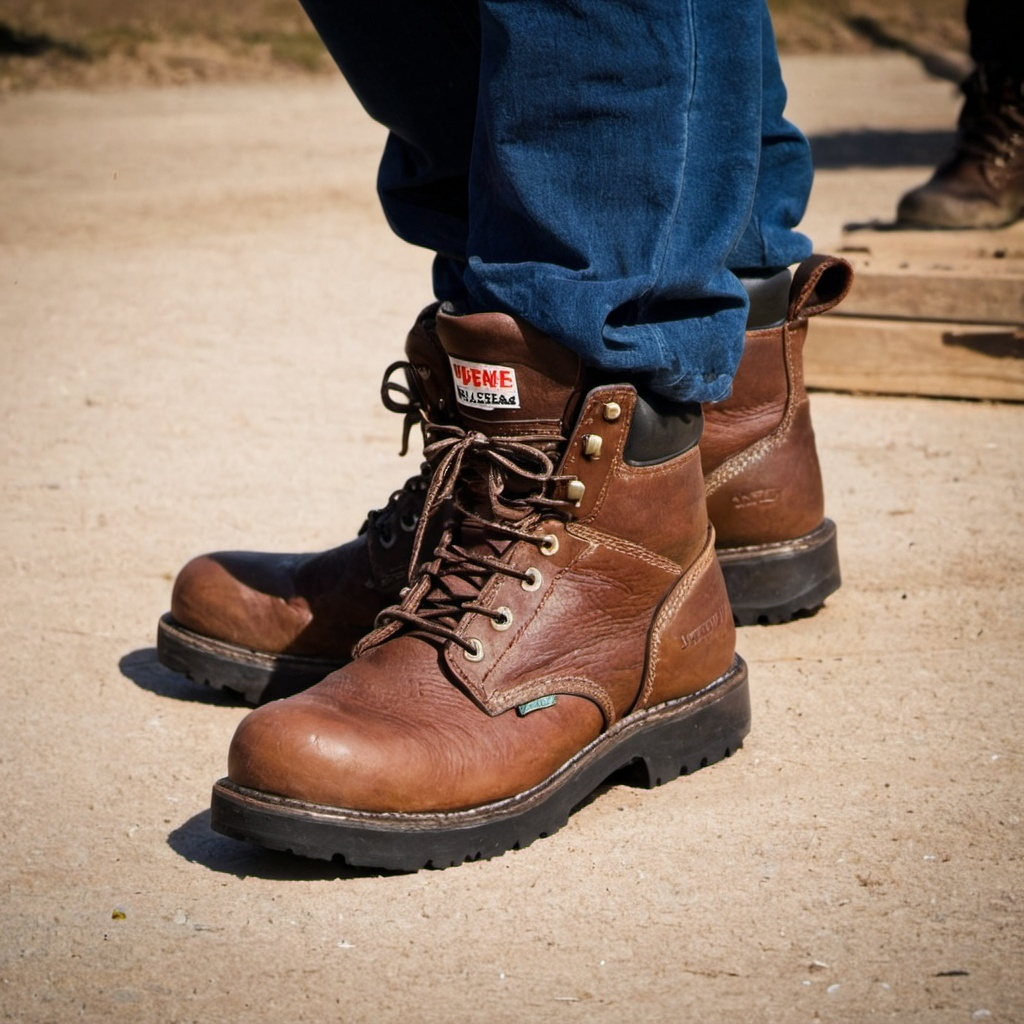



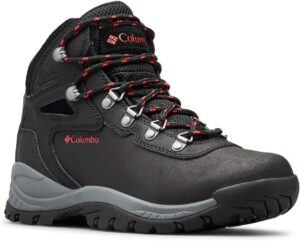

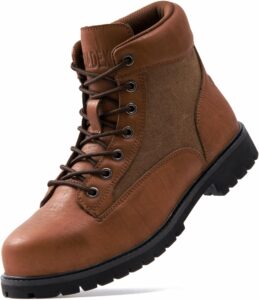
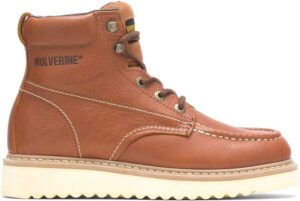
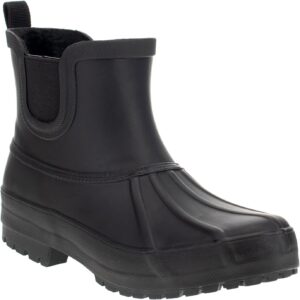
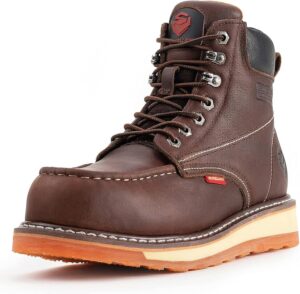
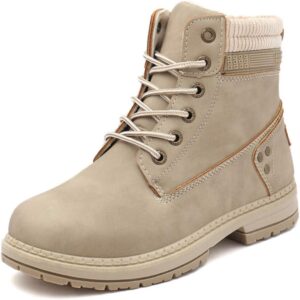
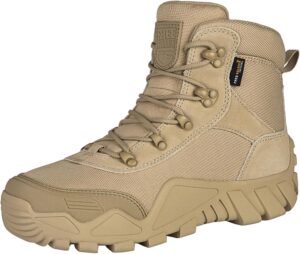
Post Comment